Pure synthetic mescaline for oral consumption.
Mescaline is one of eight hallucinogenic alkaloids derived from the peyote cactus, slices of which (“peyote buttons”) have been used in religious rites by North and South American Indian tribes for thousands of years. Mescaline itself is only one of the alkaloids present in peyote, but it produces the same effects as the crude preparation. Chemically, it is related to amfetamine.
Mescaline produces an acute psychotic state after 3–4 hours, affecting predominantly the right hemisphere. In doses of some 300–500 mg it produces visual and occasionally olfactory or auditory hallucinations, illusions, depersonalization, and anxiety depressive symptoms. The total picture can closely resemble that caused by lysergic acid diethylamide. Its physical effects include nausea, tremor, and sweating.
Mescaline is a highly underrated psychedelic.
The mescaline experience isn’t going to inject you into other dimensions like ayahuasca or DMT, and it’s unlikely to give you deep insights into the human condition — but it does have the tendency to show you that after all is said and done… life, in its essence, is good.
This interesting psychedelic has a lot of overlap with LSD and psilocybin — but is much more social. Instead of making you feel isolated and introverted, it brings a sense of confidence and extroversion.
Mescaline brings a sense of energy and euphoria, expands your sense of empathy with the world around you, and makes you want to talk with friends or go exploring.
Dosing: Mescaline is the weakest of classical psychedelics. You need at least 200 milligrams of mescaline to achieve a standard psychedelic dose.
Oral Consumption
Light 50-200 Mg
Common 200-400 Mg
Strong 400-800 Mg
Heavy 800 Mg+
| Weight | 200 Mg, 500 Mg, 1 Gr |
|---|
Only logged in customers who have purchased this product may leave a review.
Referral Program
For each friend you invite, we will send you a 15% off coupon code that you can use to purchase or get a discount on any product on our site. Get started now, by sharing your referral link with your friends.
Related products
Shroom Capsules

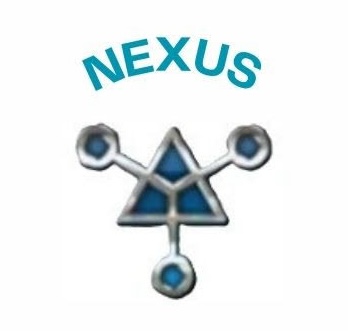
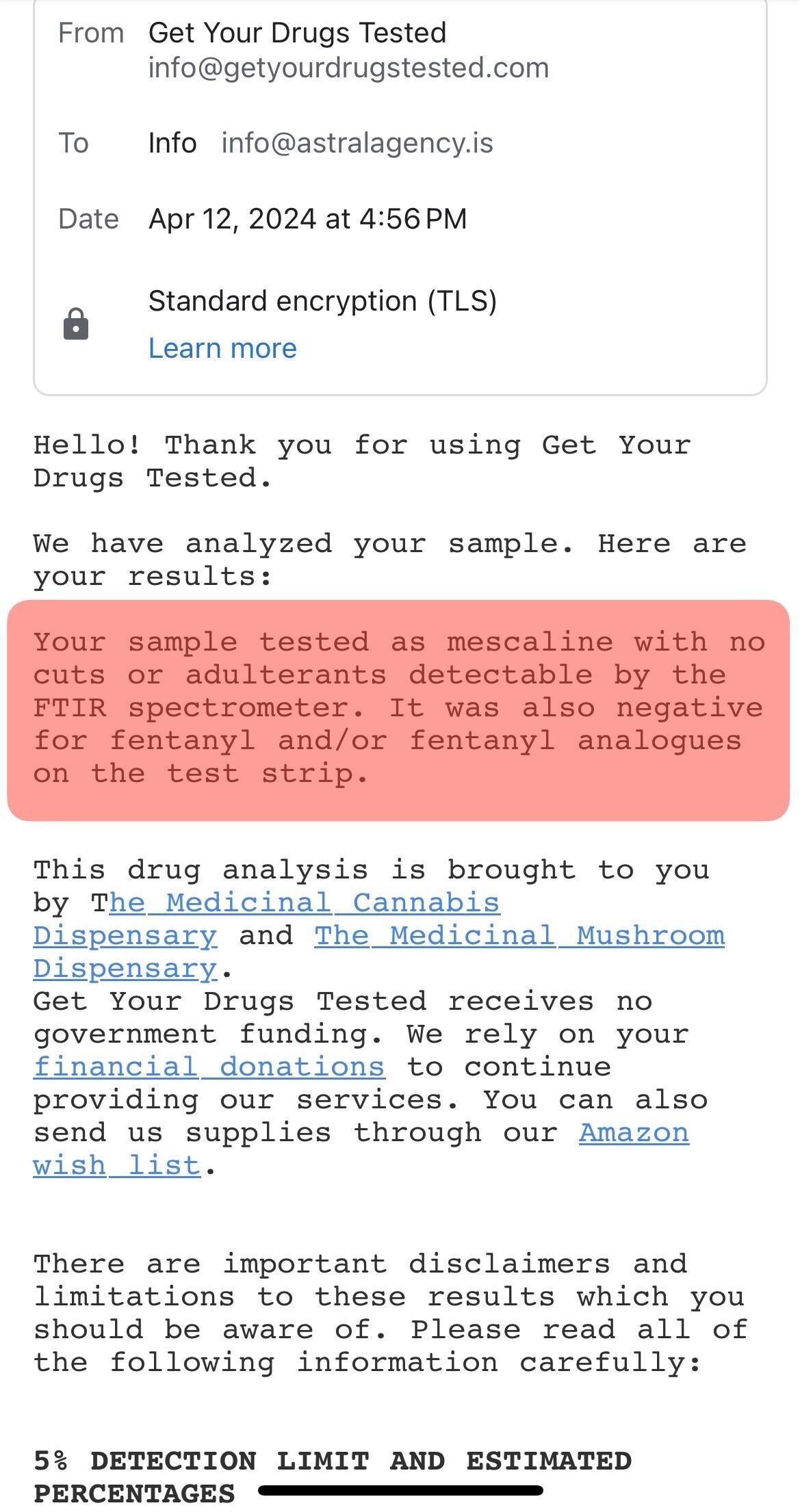
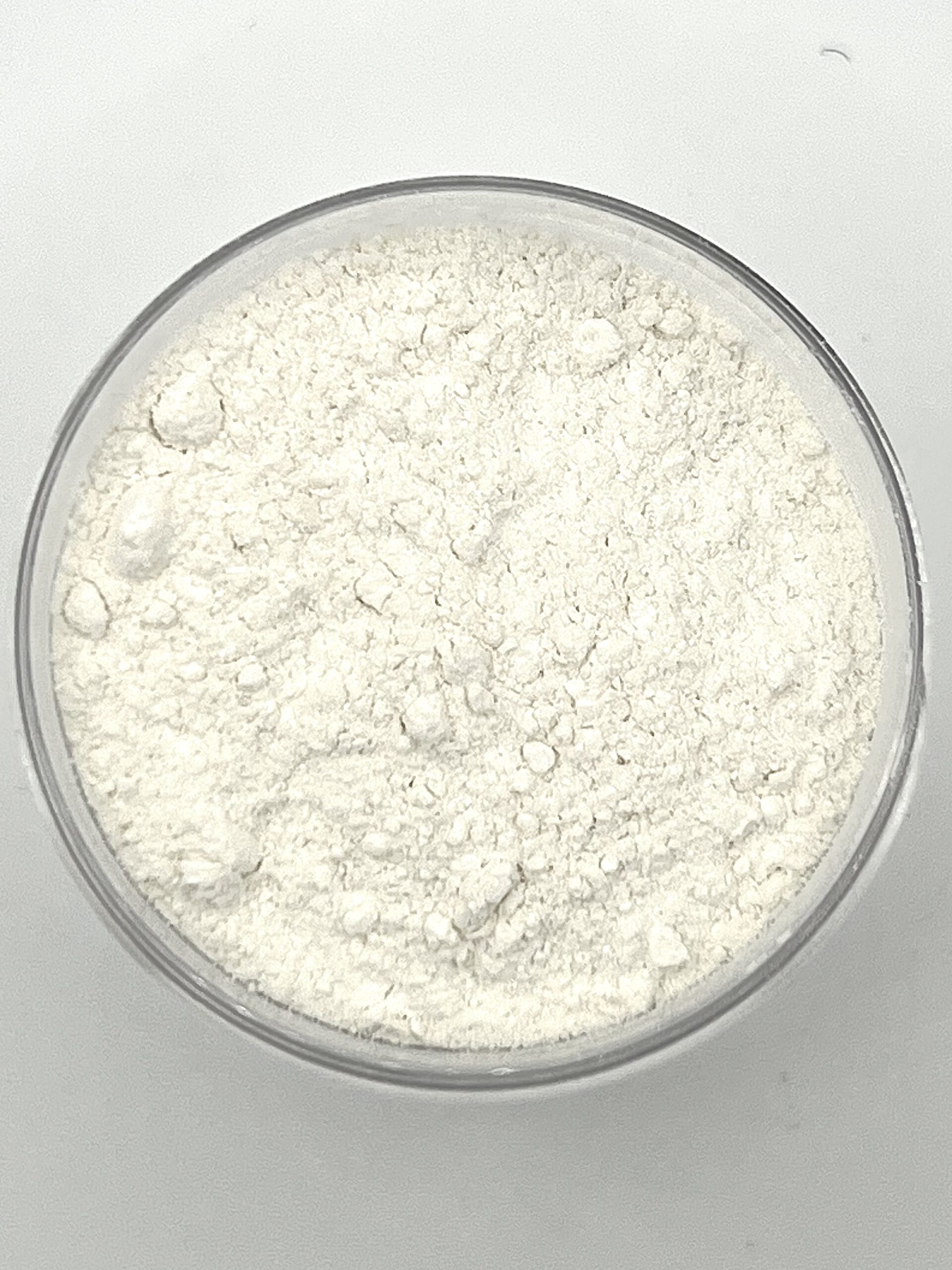
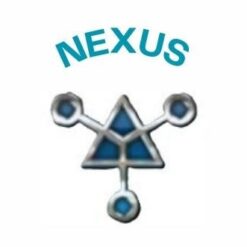
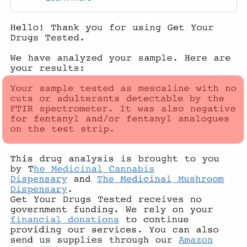
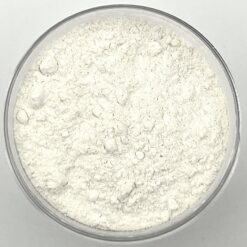
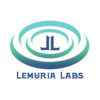

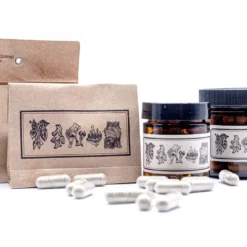
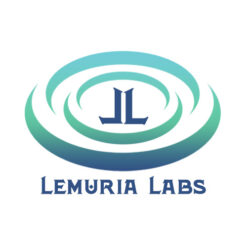
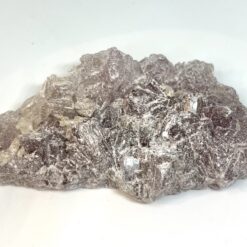
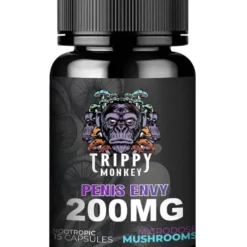

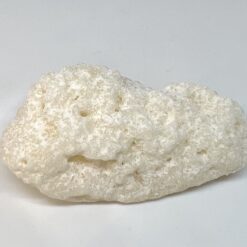
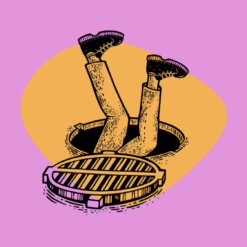
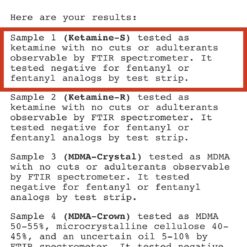

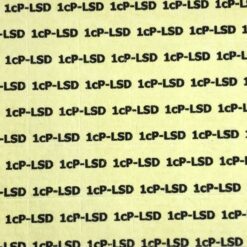
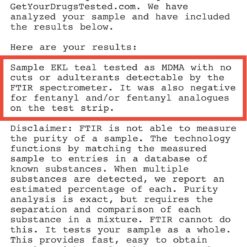
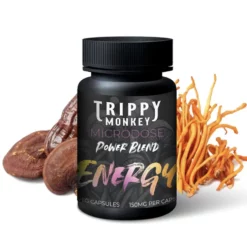
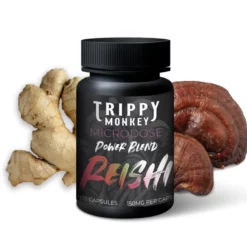
Reviews
There are no reviews yet